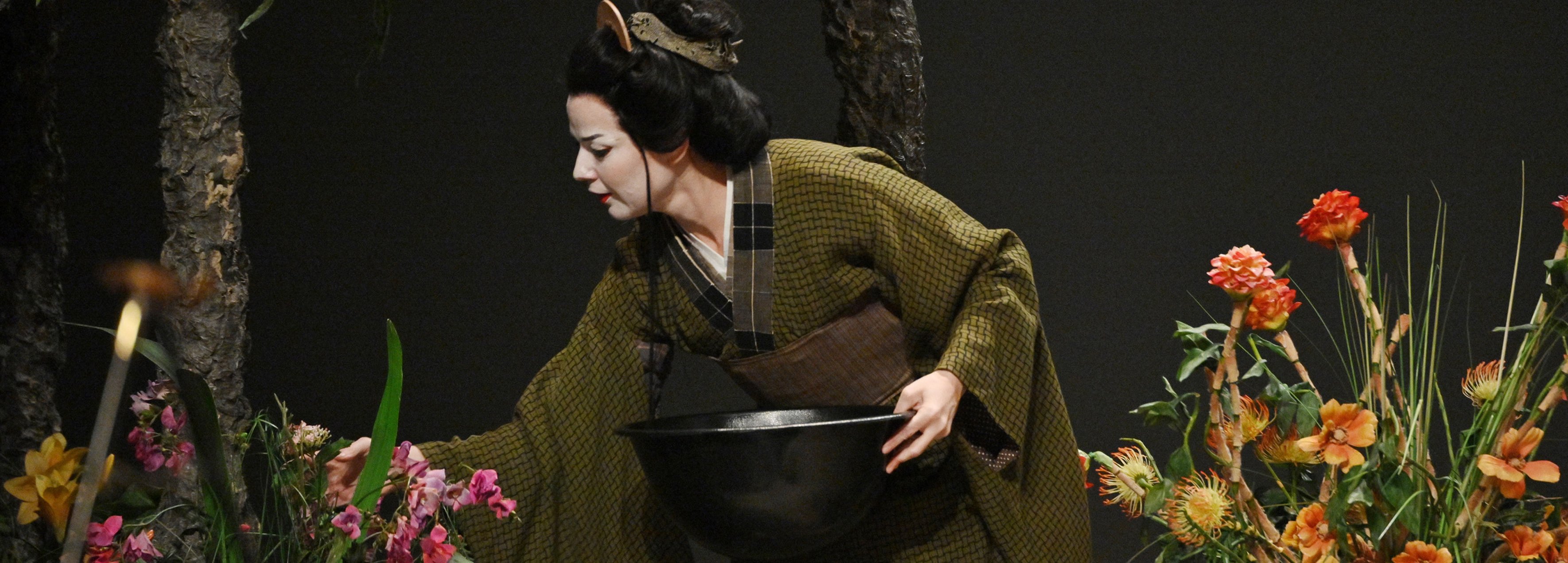
During the English premiere of Tosca, Puccini was invited to a small theater to see a new drama by David Belasco, 'Madame Butterfly'. He immediately sensed he had found the inspiration for his next opera: here was a female character full of complex emotions—unreserved affection, loyalty, honor—who would endure a profound humiliation. After many difficulties, including a serious car accident, he finally premiered his work in Milan in 1904. Over time, this opera has become one of the most solid pillars of the operatic repertoire, a tragedy shaped by an exotic setting yet reaching universal appeal.
Act I. Pinkerton, Cio-Cio-San
«Viene la sera»
After the wedding, Pinkerton and Cio-Cio San are finally alone in the house. For both, this is a highly anticipated moment: for him, it’s the opportunity to fulfill his desire, while for her, it marks the beginning of an intense love story. In a long duet lasting over ten minutes, the two main characters surrender to a first night of passion that will prove decisive for understanding the plot’s development, as immediately afterward, Pinkerton returns to the United States, leaving Cio-Cio San alone and pregnant in Nagasaki.
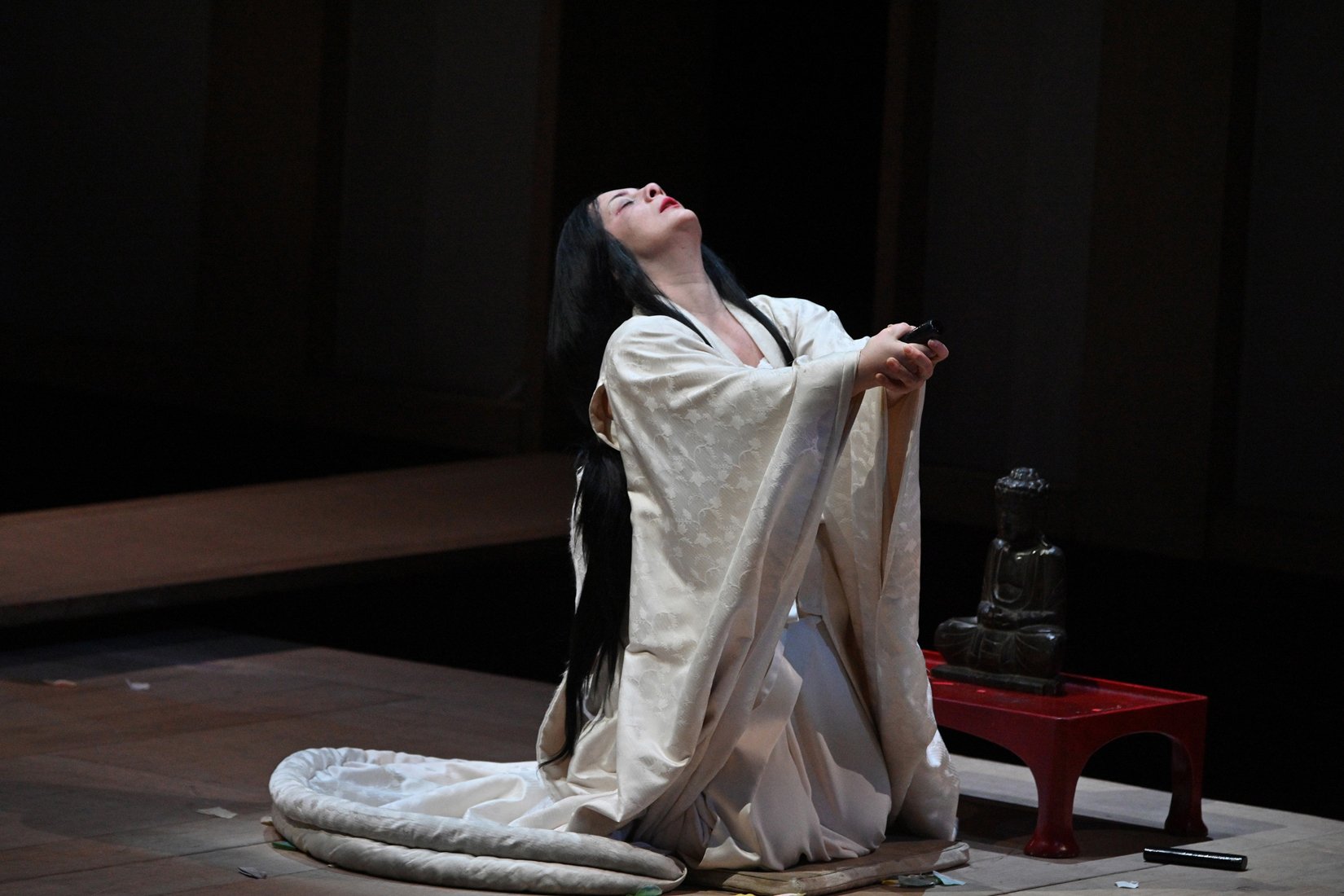
Act II. Cio-Cio-San
«Un bel dì vedremo»
It has been over three years since Pinkerton left for the United States, and he has yet to return. He promised to come back when the robins returned to nest in Japan, yet neither ships nor birds appear on the horizon. Nonetheless, Cio-Cio San is convinced that her beloved will soon return, as she expresses in this aria of otherworldly beauty and inevitable emotional impact, set at the heart of the opera. Here, the soprano must convey all of Butterfly's psychological nuances: her blind faith in her husband, her resilience, her constancy, and her tragic ignorance of the fate awaiting her.
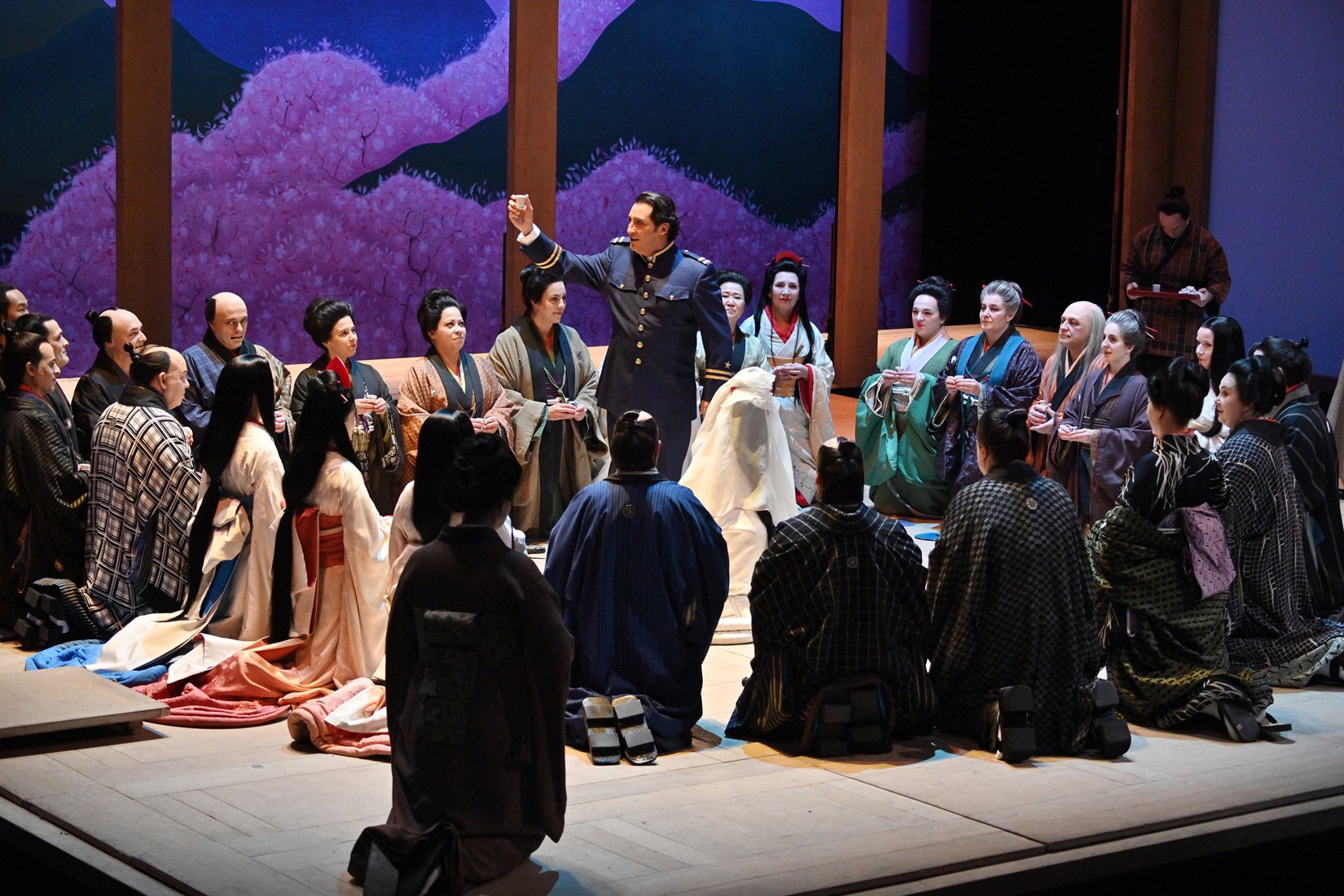
End of Act II and Beginning of Act III. Chorus
Coro a bocca chiusa + Intermezzo
Pinkerton’s ship appears in Nagasaki Bay, and soon Butterfly and her beloved will reunite. As night falls, her servant Suzuki puts her child to bed, and Cio-Cio San begins to prepare the house for her husband's return. The transition from the second to the third act is marked by a sublime choral section—the choir sings a beautiful melody in a hum, with mouths closed—and an instrumental intermezzo that transforms the serene Japanese landscape into the nightmarish atmosphere that will dominate the opera's conclusion.
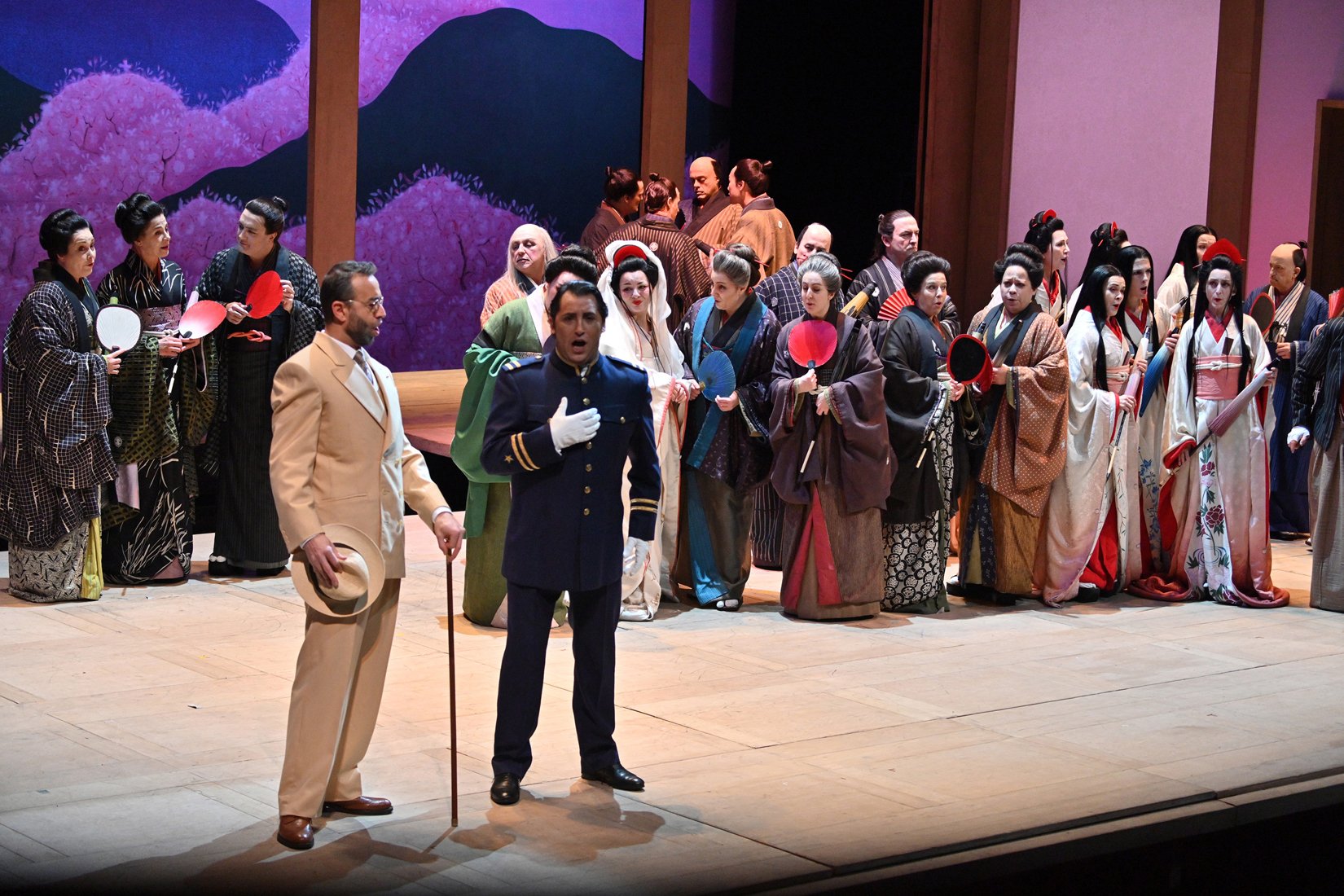
On Stage
Three outstanding Sopranos for one of opera's most demanding roles
The lead role in Madama Butterfly is no easy feat: it demands a soprano with a delicate vocal timbre and flawless technique to strike the perfect balance between musical purity and emotional expression. In addition, the role requires extraordinary acting skill and physical endurance more akin to an Olympic athlete. The opera is not particularly long—usually under two and a half hours—but Cio-Cio San never leaves the stage after her entrance early in Act I. This work revolves exclusively around her central role; Butterfly is the absolute center of the action, with all plot developments and conflicts unfolding through her. When she is not singing, she interacts with other characters; there is not a moment's rest, and her emotional journey builds without pause until the final catharsis.
«Over the years, some singers have decided to either stop performing Butterfly or pace themselves, as the physical and emotional toll is too high. »
Sopranos usually take on this role later in their careers, when they have found the right balance of vocal technique, physical maturity, and dramatic experience. When these elements align, miracles become possible, and that’s exactly what audiences can look forward to in the upcoming performances at the Liceu. The lineup features a first-class cast led by three powerful dramatic sopranos at a magnificent moment in their careers: the Bulgarian superstar Sonya Yoncheva, Madrid’s own Saioa Hernández, and another prima donna from the United States, Ailyn Pérez.
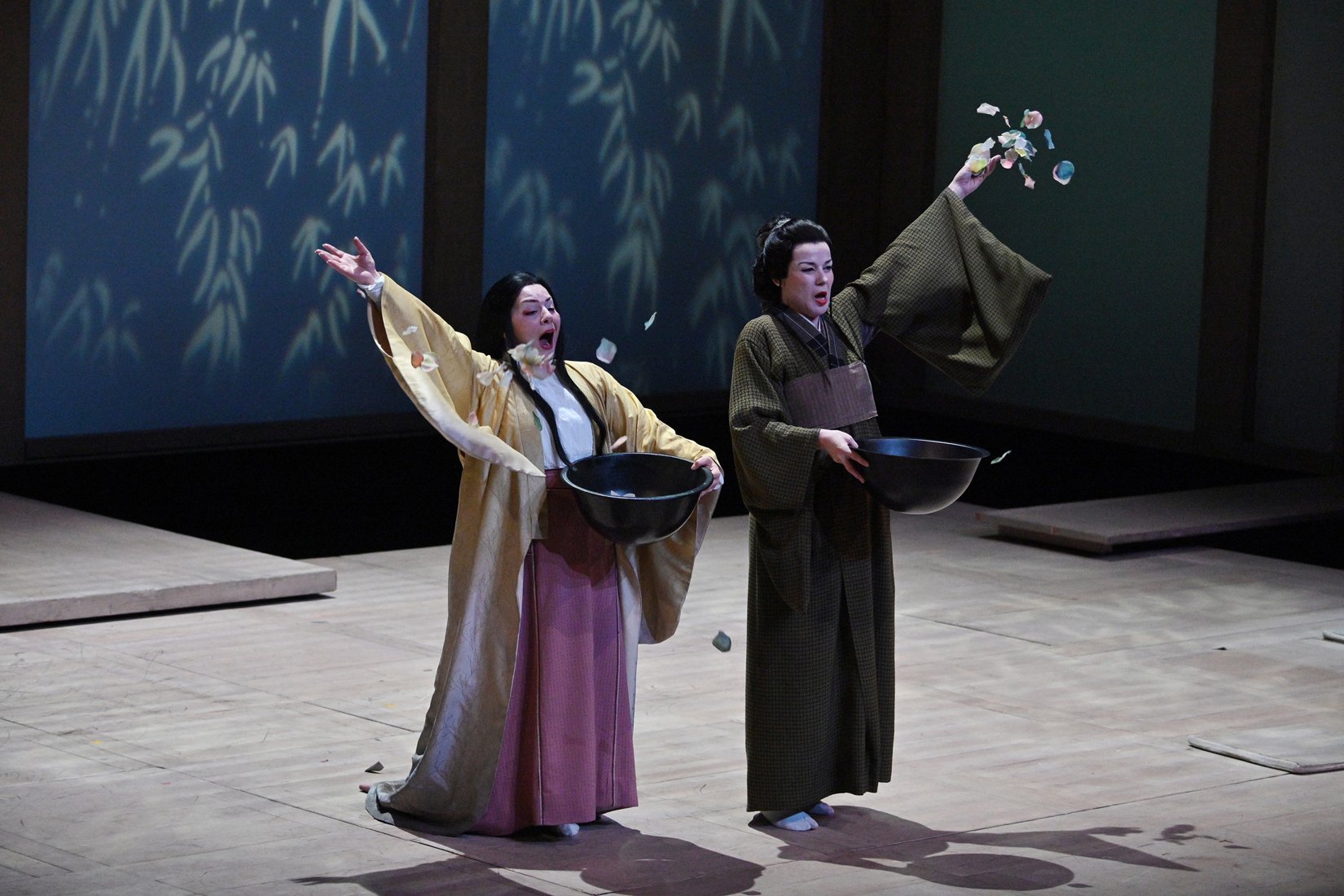
In addition to Butterfly, the opera's main roles will also have three performers: B. F. Pinkerton, written for a lyric-spinto tenor, will be performed by three experienced singers: American Matthew Polenzani, Italian Fabio Sartori, and Canary Islander Celso Albelo. The role of Cio-Cio San’s servant Suzuki will be portrayed by three renowned mezzo-sopranos: Tarragona’s Gemma Coma-Alabert and Italians Annalisa Stroppa and Teresa Iervolino. Consul Sharpless will also be shared by three baritones: Lucas Meachem, Thomas Mayer, and Gerardo Bullón. The role of Goro, written for a comic tenor, will be sung by two performers: Juan Noval Moro and Pablo García López. The remaining minor roles will each have a single singer for all performances, including Carlos Cosías (Prince Yamadori), David Lagares (Uncle Bonzo), and Montserrat Seró (Kate Pinkerton). It’s a balanced cast with extensive accumulated experience, ensuring an optimal outcome.

